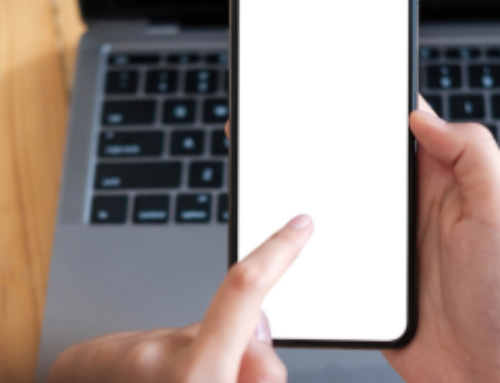Dear Sam: I am very uncomfortable having “my life” on job boards or sites like LinkedIn waiting for recruiters to contact me. It just doesn’t feel right and I have privacy concerns. I have set up and promptly deleted several of these types of accounts recently. Do you have advice for someone who does not have such accounts? – Lori
Dear Lori: Social media such as Facebook, Twitter, Instagram (and others), doesn’t have to be part of your life, but I would question your thinking of LinkedIn as in the same “bucket” as the other more personal social sites. LinkedIn is a professional networking site that has tremendous value beyond that of facilitating recruiter outreach. I also would argue that having a recruiter reach out, building a bridge to potential opportunities of interest, is not a bad thing. Think of LinkedIn as a virtual resume. You can adjust countless settings on the back end of LinkedIn to protect your privacy, “hiding” select pieces of data from different audiences, and you can even turn your recruiter profile off to help avoid unsolicited calls.
If you are a professional and are ever considering making a job change, I think a professional LinkedIn profile is imperative. In addition to accessing contacts beyond your “known” connections, you can create a profile that presents your candidacy to your peers, your supervisors, and yes, recruiters. Those you work with may not fully know your background and perhaps they are not privy to the strength of your skills; having a LinkedIn profile allows others to see your professional journey. In addition, you can secure organic endorsements of your professional skills, which validates your key strengths. You also can solicit recommendations to attach to your profile, providing potential employers or even clients with value-added references. You even can reach out to second- and third-degree connections to request informational interviews with targeted organizations, or perhaps to have a virtual cup of coffee and add value to each other’s searches or professional roles. The value of a LinkedIn profile is so high, you really can’t afford to put it in the same bucket as the other more personal social sites. Check out some of my Dear Sam Live videos for additional direction and information on the value of LinkedIn as a powerful tool and key ways you can optimize your LinkedIn profile.
Dear Sam: I just watched your live video on the ATS Resume. I have been trying to search for a new job and have been applying online to different companies. Should I be using this version of my resume or my Word or PDF version? – Tracey
Dear Tracey: Great question and one I get all of the time! When conducting a job search, you should have three different versions of your resume: Word, PDF, and Plain Text (ASCII). Let me detail the use of each…
Microsoft Word Resume: This version is used for printing or emailing as an attachment. If you have used a less-common font, realize formatting changes may occur on the recipient’s computer. I always recommend sending your resume as a PDF file, whenever possible, so the formatting and content are “locked.”
PDF Resume: At times, a recipient’s computer and Microsoft Word settings will override any incoming document’s settings. Hence, margins, fonts, and colors could shift and cause unforgiving format changes. That is why it is preferable to submit a PDF resume any time you are able to upload or email your resume; this file type will look exactly as it did when it left your computer.
Plain Text/ASCII resume: Use this version—void of all formatting—when needing to copy and paste content into online job boards or submitting to employers when they specifically request a scannable resume. A general rule of thumb is that whenever you are copying and pasting your resume into an online form, use this version so the formatting does not hinder the ability for an Applicant Tracking System (ATS) to “read” your resume. This version is not “pretty,” nor should it be, as you learned when watching the ATS Dear Sam Live video you mentioned.
I hope that helps clarify the formats you need and the uses of each format.




